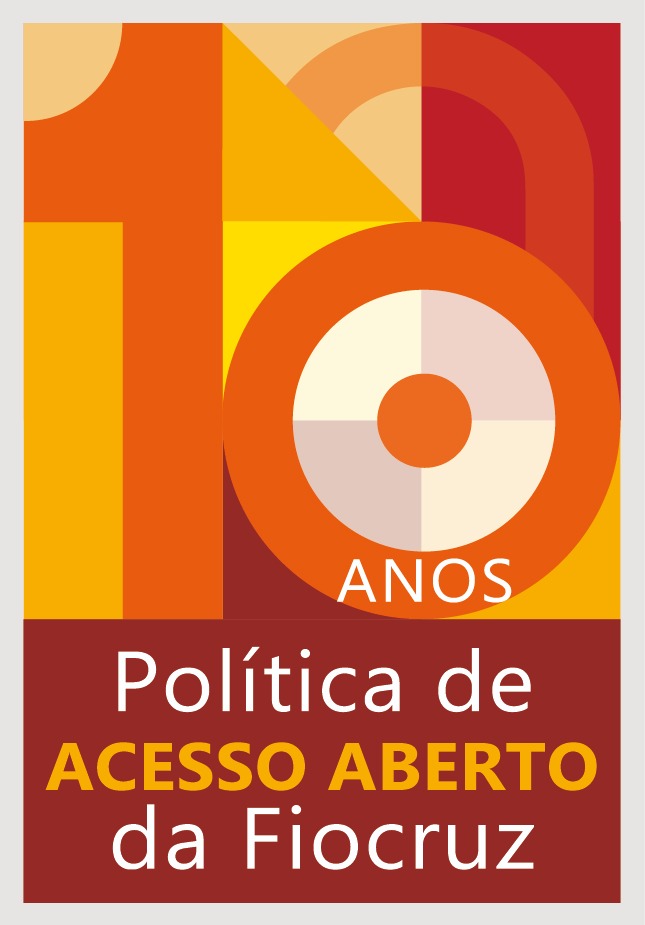Large-scale fires in the Amazon and Pantanal regions, which have reached record levels in 2020, tend to worsen the Covid-19 epidemic scenario in these regions, which include municipalities usually lacking in high-complexity hospital infrastructure as well as basic healthcare services. These areas are also home to populations with higher social vulnerability. According to data from the National Institute of Spatial Research (Inpe), in the month of August, the number of active fires in the Brazilian Amazon was 39,177, about 160% higher than in the same month in 2019, while in the Pantanal area the number was 5,935, 300% higher than in the same period last year.
Titled Covid-19 and fires in the Brazilian Amazon and in the Pantanal region: cumulative aspects and vulnerabilities, a technical note produced by researchers of the Institute of Communication and Scientific and Technological Information in Health (Icict/Fiocruz) aims to warn the Brazilian Public Health System (SUS, in the Portugues acronym) of the risks and steps necessary regarding this scenario. The Note mentions a risk of a 30% increase in hospitalizations of children for respiratory diseases among those living in areas near the fires when compared with children residing in other areas.
Exposure to the smoke generated by the fires can cause respiratory diseases, inflammatory processes, and worsen Covid-19 cases. In addition, “even in the absence of infection by the Sars-CoV-2, people affected by the smoke from fires may face serious diagnostic and health care problems in the health system, already deeply compromised by the attention dedicated to severe Covid-19 patients, especially when it comes to hospital beds (...). The expected increase in the rate of cardiovascular and respiratory diseases, especially among more vulnerable groups, such as senior citizens and children, due to the fires, tends to intensify the demand for health services in these regions”, says the Technical Note.
The study shows that three regions show higher risks to public health in this scenario of fires, associated with the new coronavirus epidemic. They are the Pantanal Biome, the Deforestation Belt in the south-east region of the state of Pará and in the north of the state of Mato Grosso, and the western part of the Brazilian Amazon. The Pantanal Biome includes only 11 municipalities, all with scarce health services and with high rates of cases and deaths by Covid-19. In addition, the state of Mato Grosso do Sul, where the biome is located, is one of the current epicenters of the new coronavirus epidemic since June 2020. The south-east of the state of Pará and the north part of the state of Mato Grosso, which includes environmental preservation units and indigenous lands, including the Xingu Park, has a high number of deforestation areas, in addition to the fires. The western part of the Brazilian Amazon, which includes the states of Amazonas and Acre, has a high incidence of cases and deaths by Covid-19, in a region with a historical insufficiency of health services and roads.
In the past few years, before the Covid-19 epidemic, studies by Icict and other institutions already warned of the increased rate of respiratory diseases in the period of the year in which it rains less in the Amazon and Pantanal regions, humidity levels drop, fires are more frequent, and atmospheric contamination by different kinds of pollutants takes place - all at once.
“The result is more people turning to health services with respiratory issues, where they are faced with a very complicated backdrop: in addition to an insufficient network of basic healthcare and high-complexity healthcare, they also have to deal with a health system that is already saturated due to the growing number of Covid-19 cases. The system cannot handle it; it could not handle it before, and it is even worse off now”, says Christovam Barcellos, Public Health specialist and vice-director of Icict. The disease can also make clinical diagnosis more difficult, as some symptoms may be similar.
According to the Technical note, fires hit a large portion of the states of Mato Grosso, Rondônia, Maranhão, eastern Roraima, and eastern Pará, as well as part of Mato Grosso do Sul, near the Pantanal.
“Outside of these areas, the pattern of fires is very different and follows the region’s main highways: The BR-163 in western Pará, the BR-230 (the Transamazonian highway) in the Amazonas state, and the BR-364 in the states of Rondônia and Acre. This pattern shows an intrinsic relation between occupation fronts of the Amazon, deforestation, and forest fires”, states Tatiane Moraes, a researcher in the study. Moraes also says that the states of Roraima, Amapá, Mato Grosso, Amazonas, Rondônia, Acre, and Pará have been showing high rates of cases and deaths by Covid-19.
![]()
![]()
![]() O conteúdo deste portal pode ser utilizado para todos os fins não comerciais, respeitados e reservados os direitos morais dos autores.
O conteúdo deste portal pode ser utilizado para todos os fins não comerciais, respeitados e reservados os direitos morais dos autores.

